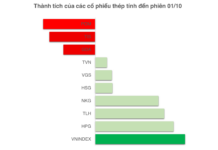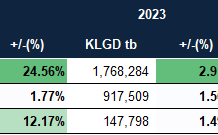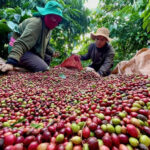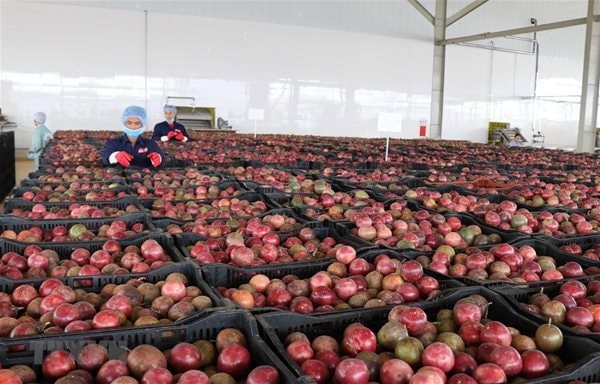
Passion fruit, or passionfruit, is a promising export product for Vietnam. Image: TTXVN
Meet the passion fruit – a star in Vietnam’s agricultural exports.
According to the Ministry of Agriculture and Environment, Vietnam is currently among the top 10 global producers and exporters of passion fruit. Notably, approximately 70–80% of the country’s fresh and processed passion fruit output is shipped to over 20 countries and territories.
In 2024, Vietnam’s passion fruit export turnover reached US$172 million. In the first five months of this year, exports of passion fruit products brought in US$89.5 million, up 14.5% from the same period last year.
Passion fruit is expected to soon join the billion-dollar export club.
Currently, Vietnam’s unique purple passion fruit variety is gaining strong traction in global markets as fresh produce, thanks to its distinctiveness from the yellow passion fruit commonly found in South America.
Passion Fruit: A Fruit with High Economic Potential
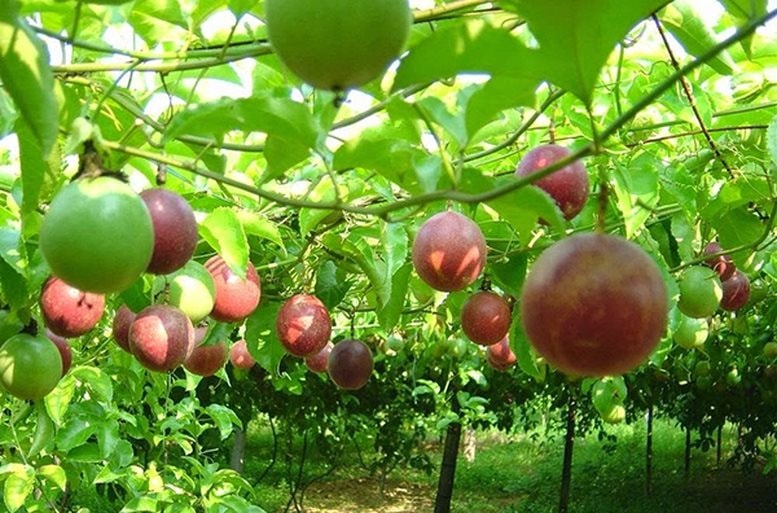
Vietnam is among the top 10 passion fruit producers and exporters globally. Image: Ministry of Agriculture and Rural Development
Passion fruit (also known as passionfruit or passion vine), scientifically named Passiflora edulis and belonging to the Passifloraceae family, is a nutrient-rich fruit packed with antioxidants, minerals, vitamins, and fiber. While not native to Vietnam, the passion fruit tree thrives in the country’s climate. It was first introduced during the French colonial period. Before 2015, its cultivation was mainly concentrated in the provinces of Lam Dong and Dak Nong (now part of Lam Dong).
Today, Vietnam boasts over 12,000 hectares of passion fruit farms, yielding approximately 200,000 tons annually.
The majority of these farms are located in the mountainous regions of northern Vietnam and the Central Highlands, placing passion fruit among the 18 types of fruit with an annual output exceeding 100,000 tons in the country. Passion fruit farms in Vietnam can harvest up to three crops per year.
Vietnam has emerged as a significant player in the global passion fruit industry, ranking among the top 10 suppliers, just behind heavyweights like Brazil, Colombia, Ecuador, and Peru. Unlike some of the world’s largest passion fruit producers, Vietnam can grow the fruit year-round. The Central Highlands region, in particular, accounts for over 90% of the country’s passion fruit cultivation area.
In July 2022, Vietnamese passion fruit was officially exported to China on a trial basis, marking a significant step toward expanding production. In April 2025, the two countries signed a plant quarantine protocol, formally paving the way for the official export of passion fruit to China.
Additionally, Vietnam’s passion fruit is expected to enter the US market this year.
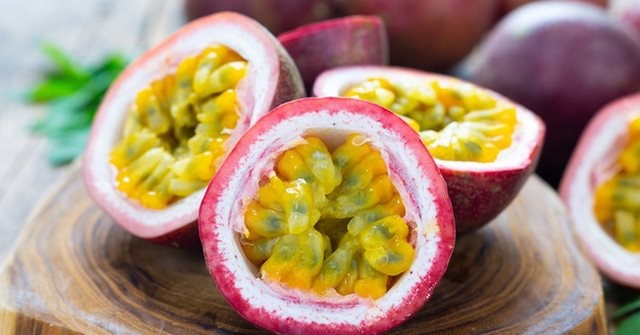
Vietnamese passion fruit is conquering demanding international markets. Image: Ministry of Agriculture and Rural Development
In recent years, Vietnam has focused on enhancing the quality of passion fruit, adopting chain production, and ensuring traceability. The country primarily cultivates two passion fruit varieties: yellow and purple.
According to experts, with strong global demand, 80% of Vietnam’s fresh and processed passion fruit output is exported.
Customs statistics reveal that over the past five years, the volume and turnover of passion fruit exports from Vietnam have grown by over 300%, consistently ranking among the top 10 fruit exports.
Vietnam’s passion fruit, grown in suitable soil conditions, boasts exceptional quality, enabling exports to demanding culinary markets like Switzerland, France, the Netherlands, Germany, and South Korea.
In addition to fresh passion fruit, products such as passion fruit juice and syrup are also exported globally, providing stable and sustainable incomes for farmers.
The Ultimate Guide to America’s Booming Export: A 700% Surge in an Unfamiliar Product to Vietnam, Reaching a Record High in Over 5 Years.
The United States is the largest export market for Vietnam when it comes to this particular product.
The US Imposes 20% Tariff on Vietnamese Exports: Textile and Seafood Industries Seek New Opportunities to Maintain Market Share
The recent announcement of a 20% tariff on Vietnamese goods entering the US market has left the textile and seafood industries concerned. This additional cost will undoubtedly impact businesses’ competitiveness and increase their financial burden. However, there is a silver lining; businesses can still thrive by optimizing their operations and expanding their reach into new markets. It is a challenging yet opportune time for companies to showcase their resilience and adaptability.


















